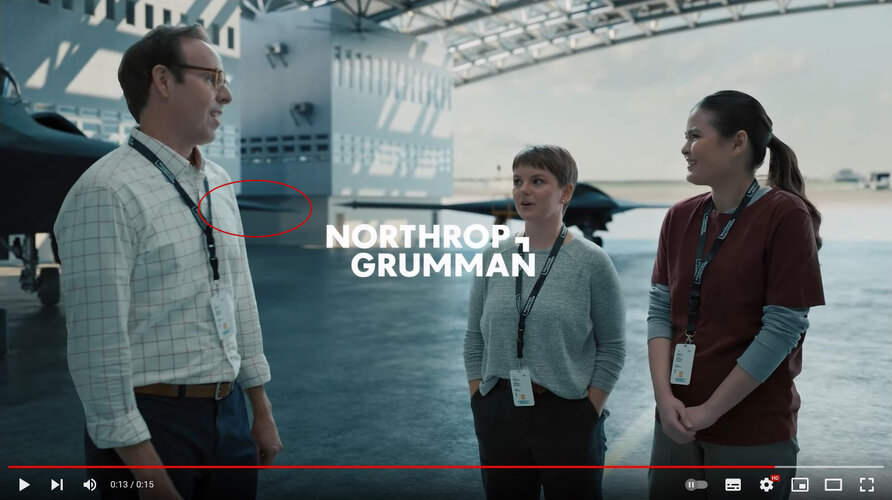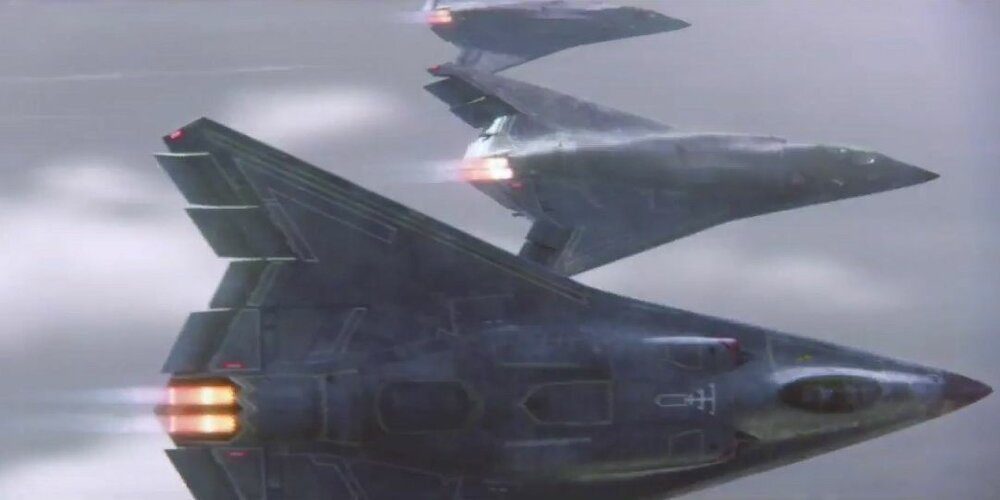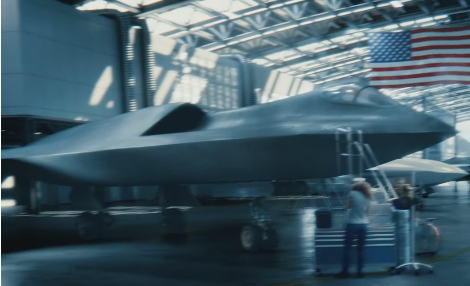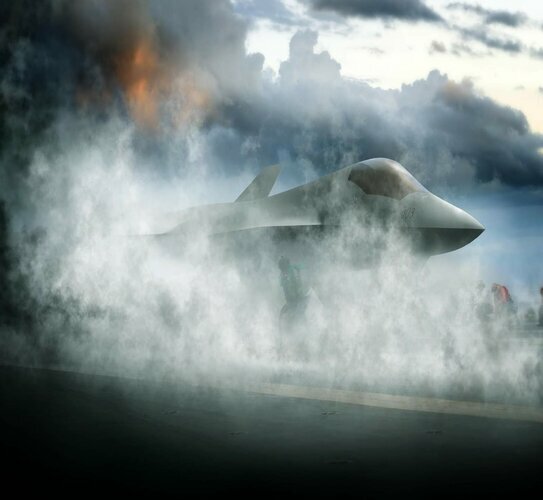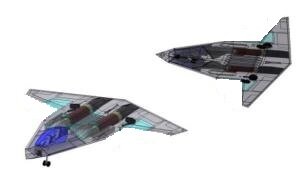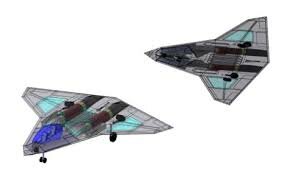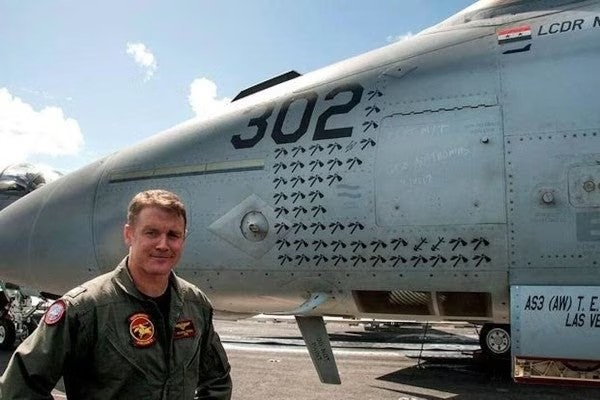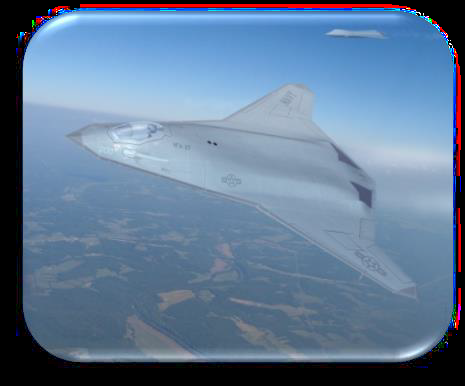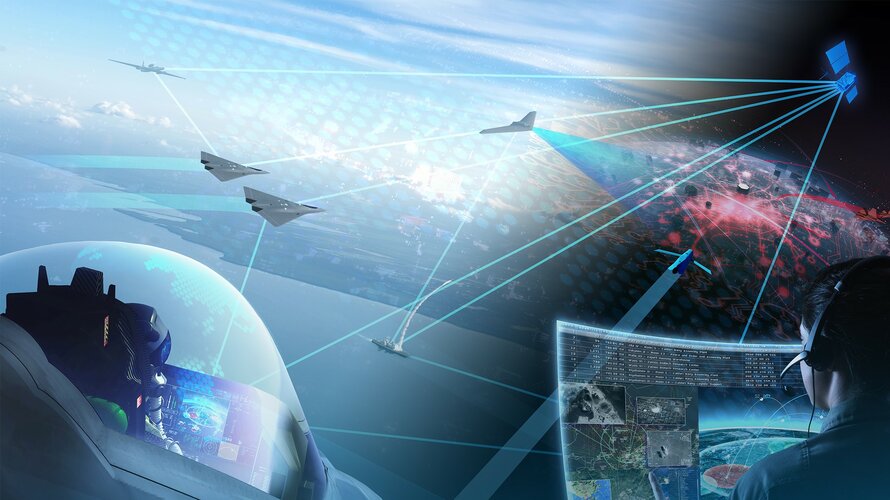X-39
To post or not to post, that is the question
- Joined
- 20 February 2021
- Messages
- 382
- Reaction score
- 928
New video uploaded by NG's YT channel showing a different angle of their CGI fighter. From the front, it looks like a UFO! With a bit of B-21 essence. That nose is big, really BIG:
View: https://www.youtube.com/watch?v=vi86HJYTAO0
Looking back, has anyone noticed how the aircraft on the original video is basically WINGLESS? Lifting body, which directly contradicts F/A-XX supposed less reliance on stealth desired by the Navy, unless they are hinting at a navalized AF NGAD. This alone, by far, makes it the most extravagant and interesting concept I've seen so far, radical enough to differentiate from previous "6th Gen" concepts.

Looking back, has anyone noticed how the aircraft on the original video is basically WINGLESS? Lifting body, which directly contradicts F/A-XX supposed less reliance on stealth desired by the Navy, unless they are hinting at a navalized AF NGAD. This alone, by far, makes it the most extravagant and interesting concept I've seen so far, radical enough to differentiate from previous "6th Gen" concepts.
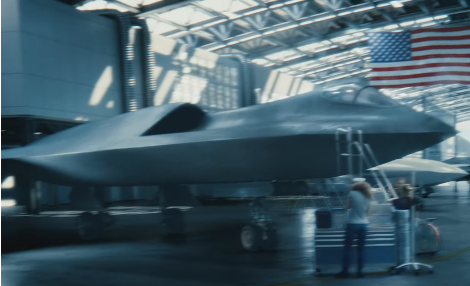
Attachments
-
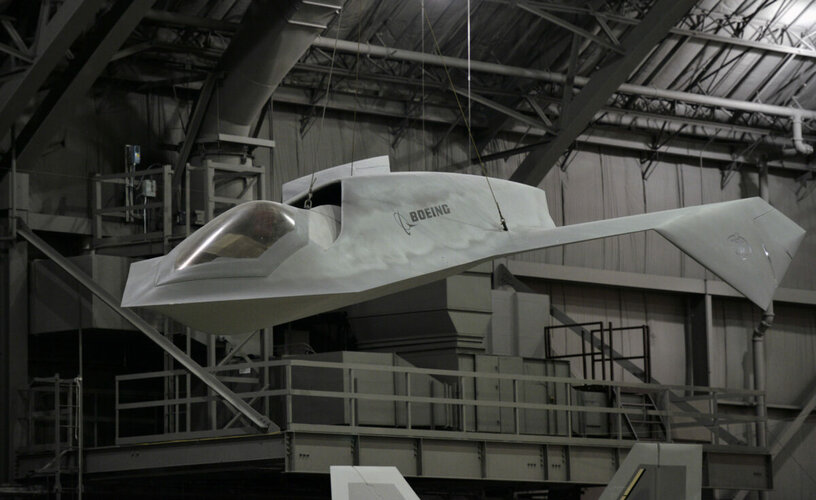 Boeing-Bird-of-Prey-Wide-Jason-McDowell-scaled-e1678211355127.jpg131.6 KB · Views: 81
Boeing-Bird-of-Prey-Wide-Jason-McDowell-scaled-e1678211355127.jpg131.6 KB · Views: 81 -
 1411761057_afti-00-680x482.jpg32.8 KB · Views: 85
1411761057_afti-00-680x482.jpg32.8 KB · Views: 85 -
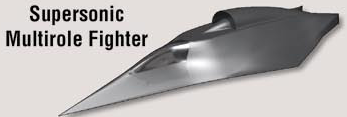 Screenshot 2023-04-13 at 00-37-20 aeroclipart2.png (PNG Image 1212 × 824 pixels).png30 KB · Views: 99
Screenshot 2023-04-13 at 00-37-20 aeroclipart2.png (PNG Image 1212 × 824 pixels).png30 KB · Views: 99 -
 Screenshot 2023-04-12 at 22-55-27 Overheard at Northrop Grumman Collier Trophy.png168 KB · Views: 98
Screenshot 2023-04-12 at 22-55-27 Overheard at Northrop Grumman Collier Trophy.png168 KB · Views: 98


